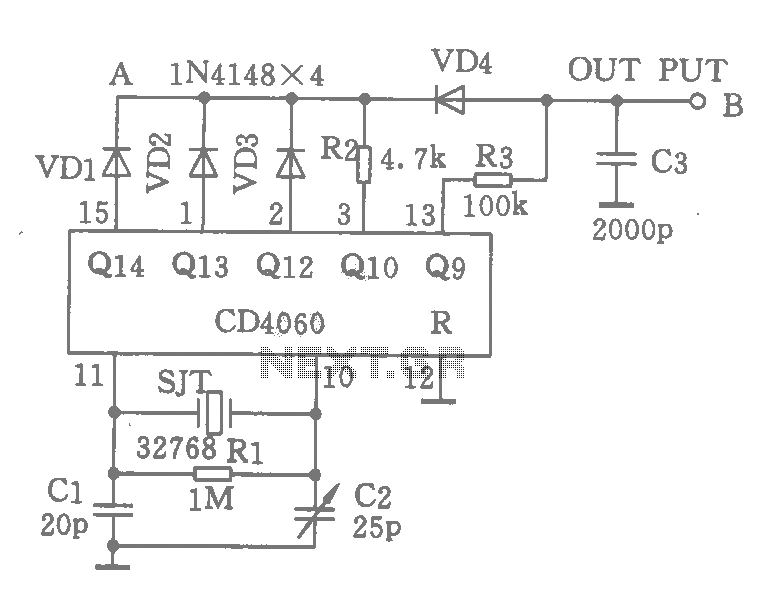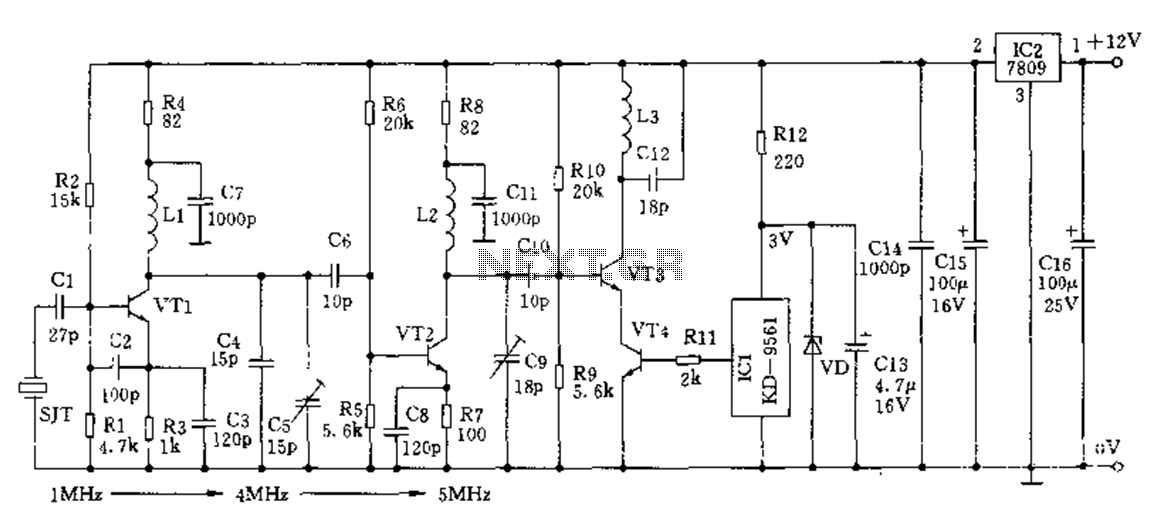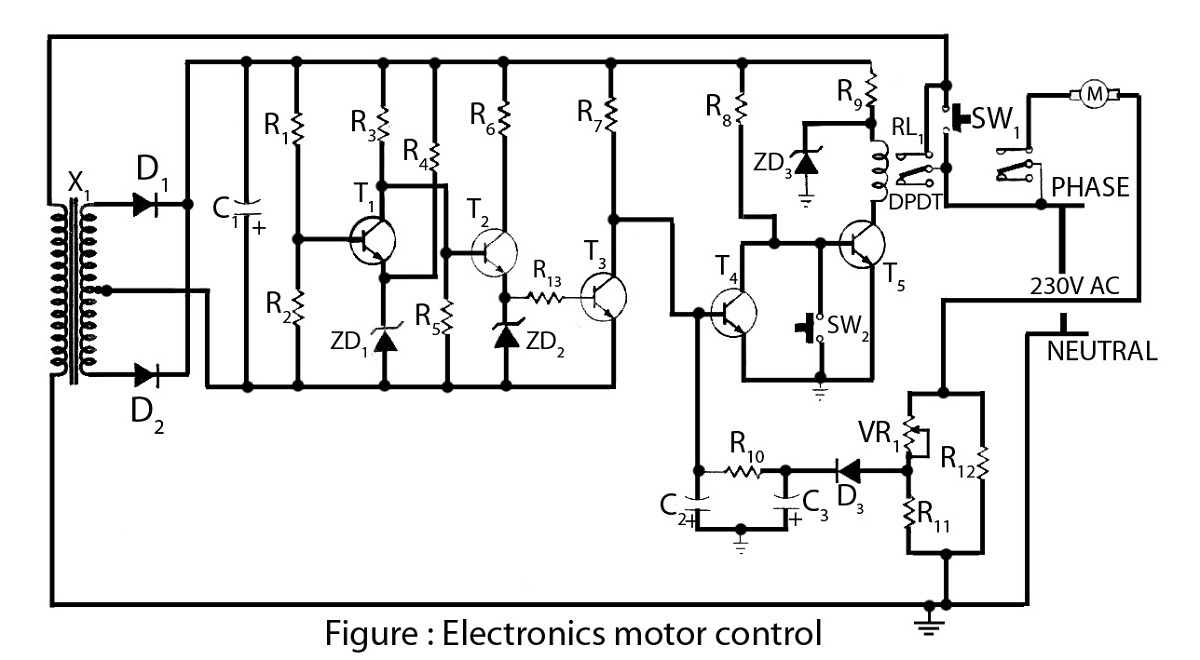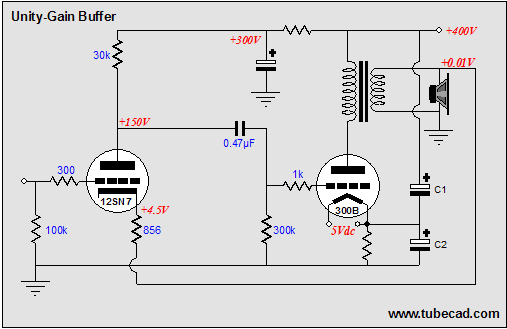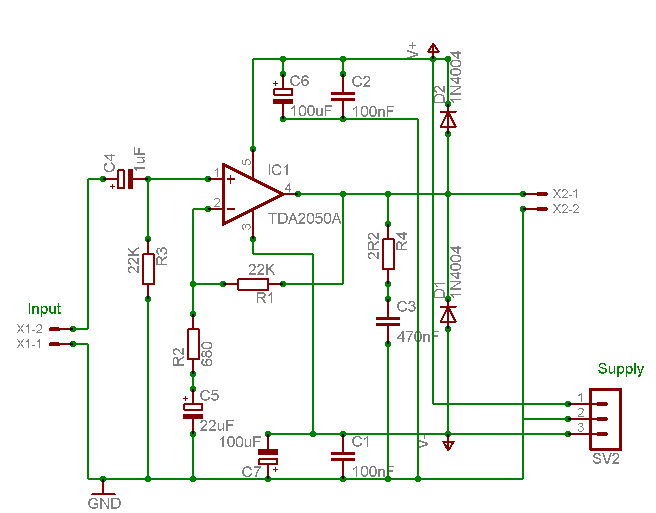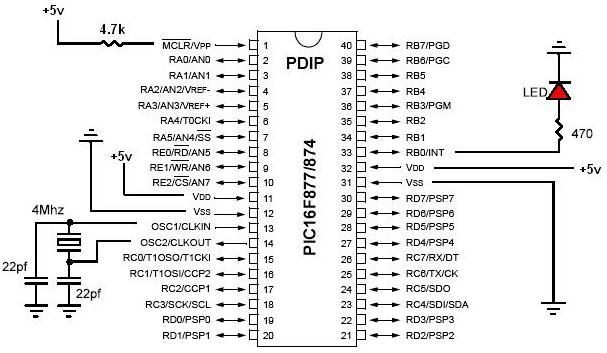
Shared antenna amplifier power since the controller circuit diagram
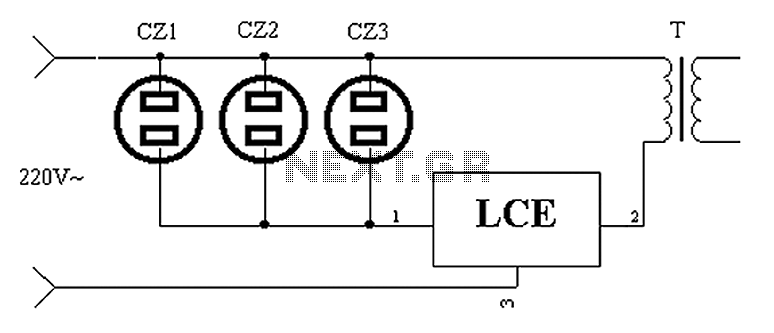
The application circuit operates as depicted below. It typically utilizes a shared TV antenna amplifier and an isolated power switch for the user. There are instances when the TV may not function, yet the antenna amplifier remains powered, leading to unnecessary power consumption. Additionally, when multiple television programs are being received, if the shared antenna amplifier's power switch is not turned off, the reception quality may deteriorate. The LCE module facilitates automatic control. When the CZ1 TV socket is in use, the power switch for CZ2 or CZ3 (and potentially more sockets, depending on the LCE power capacity) will close when any TV is plugged in. This automatically powers the shared antenna amplifier, thus conserving energy without impacting the TV users and eliminating the need for special management.
The circuit design incorporates a shared TV antenna amplifier that enhances signal reception for multiple televisions. The amplifier is powered through a user-isolated switch, which prevents it from drawing power unnecessarily when not in use. The LCE module serves as an intelligent control mechanism that monitors the power status of the connected televisions.
When a television is connected to one of the designated sockets (CZ1, CZ2, CZ3, etc.), the LCE module detects the load and automatically closes the power switch for the shared antenna amplifier. This action ensures that the amplifier is only powered when at least one television is in operation, thereby reducing energy wastage.
The LCE module can be designed to accommodate additional sockets, allowing for flexibility in installation while remaining within the power limits of the LCE unit. This arrangement not only optimizes energy consumption but also simplifies user experience by eliminating the need for manual switching. The overall circuit provides an efficient solution for households with multiple televisions, enhancing both convenience and energy efficiency.Application circuit works the device as shown below. Generally shared TV antenna amplifier and power switch user is isolated. Sometimes no one can work the TV, the antenna ampl ifier is still powered on, the power consumed in vain. Other times, it may have more than one television program is being received, and shared antenna amplifier power switch is not closed, of course, not so good reception. Using LCE module can be easily controlled automatically. When the socket CZ1 TV used, CZ2, CZ3 (of course, can also be designed to install more electrical outlets, so long as the LCE power allow) any one inserted TV power switch is closed, the shared antenna amplifier the power supply automatically.
Then they will not waste energy, without affecting the TV user, and does not require special management.
The circuit design incorporates a shared TV antenna amplifier that enhances signal reception for multiple televisions. The amplifier is powered through a user-isolated switch, which prevents it from drawing power unnecessarily when not in use. The LCE module serves as an intelligent control mechanism that monitors the power status of the connected televisions.
When a television is connected to one of the designated sockets (CZ1, CZ2, CZ3, etc.), the LCE module detects the load and automatically closes the power switch for the shared antenna amplifier. This action ensures that the amplifier is only powered when at least one television is in operation, thereby reducing energy wastage.
The LCE module can be designed to accommodate additional sockets, allowing for flexibility in installation while remaining within the power limits of the LCE unit. This arrangement not only optimizes energy consumption but also simplifies user experience by eliminating the need for manual switching. The overall circuit provides an efficient solution for households with multiple televisions, enhancing both convenience and energy efficiency.Application circuit works the device as shown below. Generally shared TV antenna amplifier and power switch user is isolated. Sometimes no one can work the TV, the antenna ampl ifier is still powered on, the power consumed in vain. Other times, it may have more than one television program is being received, and shared antenna amplifier power switch is not closed, of course, not so good reception. Using LCE module can be easily controlled automatically. When the socket CZ1 TV used, CZ2, CZ3 (of course, can also be designed to install more electrical outlets, so long as the LCE power allow) any one inserted TV power switch is closed, the shared antenna amplifier the power supply automatically.
Then they will not waste energy, without affecting the TV user, and does not require special management.
Warning: include(partials/cookie-banner.php): Failed to open stream: Permission denied in /var/www/html/nextgr/view-circuit.php on line 713
Warning: include(): Failed opening 'partials/cookie-banner.php' for inclusion (include_path='.:/usr/share/php') in /var/www/html/nextgr/view-circuit.php on line 713
